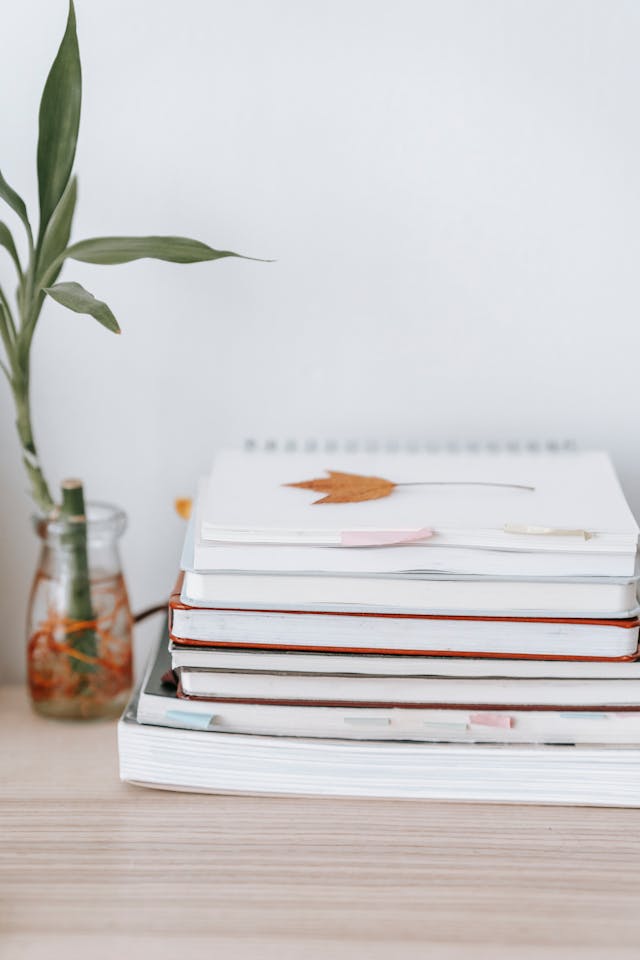
Dracaena plants, recognized for their striking foliage and strong architectural presence, are a standout choice for any indoor space. Known for their adaptability to varying conditions and air-purifying qualities, Dracaenas are perfect for both novice and seasoned plant lovers. Here’s how to nurture your new Dracaena from Millie's Plants to ensure it thrives.
Welcoming Your Dracaena Home
Unboxing: Carefully remove your Dracaena from its packaging. It's common for plants to show signs of stress such as wilted or dry leaves after transit. Allow it time to settle into its new home.
Inspect for Damage or Pests: Do a thorough check for any signs of damage or pests upon arrival. Promptly addressing these issues is crucial for the health of your plant.
Acclimatization: Find a spot in your home where your Dracaena can slowly adjust to the light and temperature conditions. Avoid direct sunlight at first to minimize shock.
Creating the Ideal Environment
Light: Dracaenas prefer bright, indirect sunlight but can adapt to lower light levels. Protect them from direct sunlight to avoid leaf scorch.
Temperature: These tropical natives thrive in temperatures between 65°F and 75°F (18°C to 24°C). Keep your Dracaena away from drafts and drastic temperature changes.
Humidity: Dracaenas do well
in average to high humidity environments. If you're in a dry climate, consider using a humidifier or placing the plant on a pebble tray to boost humidity levels.
Caring for Your Dracaena
Watering: Allow the top inch of soil to dry out before watering. Dracaenas are somewhat drought-tolerant but thrive on a consistent watering schedule. Always use room temperature water to avoid shocking the plant's roots.
Feeding: During the spring and summer, fertilize your Dracaena every six weeks with a diluted, balanced fertilizer. Cut back on feeding during the fall and winter months as growth slows.
Repotting: Dracaenas typically need repotting every 2-3 years or when roots start to emerge from the drainage holes. The best time for repotting is spring. Select a pot that’s slightly larger than the current one to promote continued growth.
General Maintenance
Pruning: Remove any yellowing or dead leaves regularly to promote new growth and maintain the plant’s aesthetic. If your Dracaena grows too tall, you can prune the top off to control its height.
Cleaning: Dust the leaves with a soft, damp cloth to enhance photosynthesis and the plant’s ability to purify air, keeping your Dracaena looking vibrant.
Pest Control: Keep an eye out for common pests like spider mites, mealybugs, and scale insects. Address any infestations quickly using insecticidal soap or neem oil as per the product instructions.
Troubleshooting Common Issues
Brown Leaf Tips: Often a sign of low humidity or over-fertilization. Increase the humidity around your Dracaena and ensure you are not overfeeding it.
Drooping or Yellow Leaves: These symptoms typically indicate overwatering or poor drainage. Make sure the soil is well-draining and allow the top inch to dry between waterings.
Slow Growth: A lack of adequate light may slow down a Dracaena’s growth. If your plant isn’t growing as expected, try moving it to a brighter location, but keep it out of direct sunlight.
Conclusion
Dracaena plants combine beauty with resilience, making them a favored addition to indoor settings. By adhering to these care guidelines from the moment your Dracaena arrives, you ensure it not only survives but thrives, enhancing both the aesthetics and air quality of your indoor space. With just a little attention to its needs, your Dracaena will be a rewarding, long-lasting part of your indoor garden collection.